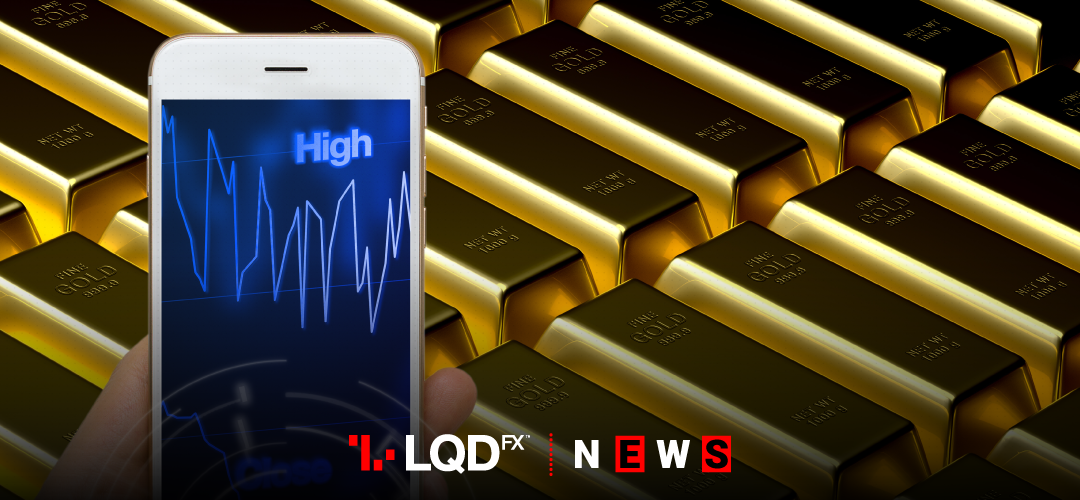Investors again sought protection from market volatility in low-risk assets such as Treasuries and gold. Gold prices jumped more than 1.5% to their highest level in more than three months.
Trade tensions have grabbed centre stage for investors in recent weeks after Trump increased tariffs on Chinese imports. The US President also threatened to raise tariffs on Mexican imports on June 10. In that way he tries to pressure Mexico to tackle large flows of mostly Central American migrants. The move has spooked global markets worried about a new front in the U.S. trade war. The Mexican economy is heavily reliant on exports to the United States and would reel under U.S. levies.
Rising strains on trade have prompted investors to dump risky assets such as equities. Instead they moved towards low-risk assets. A gloomy economic outlook is prompting traders to increase bets that the U.S. Federal Reserve will cut interest rates sooner rather than later. Lower interest rates would support gold because they reduce the opportunity cost of holding non-yielding bullion.
Gold hit a more than three-month high. Global slowdown worries driven by trade conflicts amid expectations of a U.S. interest rate cut stoked investors towards the safe-haven bullion.
Spot gold was up 0.1% at $1,325.72 per ounce, as of 1018 GMT. In the previous session it touched its highest since Feb. 27 at $1,328.98. U.S. gold futures were up 0.2% at $1,328.98 an ounce.
The prolonged trade war between the world’s biggest economies has rolled over financial markets denting risk sentiment among investors.
START TRADINGForex – Safety first: Trade conflicts weigh on low-risk assets
The dollar against a basket of six major currencies fell to its lowest since April 18th after shedding 0.6% the previous day. The U.S. dollar fell to a three-week low as rising bets on an interest rate cut by the FED weighed on Treasury yields.
Broader concerns about global growth sent investors buying into the safe-haven yen. The dollar traded down 0.2% at 107.84 yen after it slipped to a five-month low against the yen on Tuesday.
Sterling rose 0.1% to $1.2673, having crawled off a five-month trough of $1.2560 set on Friday thanks to the dollar’s underperformance. However, it slid to a 20-week low against the euro. Sterling had fallen to a five-month low, weighed by the prospect of Britain choosing a eurosceptic prime minister.
The euro was up 0.3% to $1.1274 after rallying roughly 0.7% overnight to $1.1262, its highest since May 13. The single currency has drawn support from dollar weakness. However, analysts remain cautious on its longer-term prospects. However, lower-than-expected euro zone inflation in May brought the single currency’s rally to a halt.
Australia’s central bank cut its cash rate to a record low 1.25% on Tuesday. It could be the first in a series of stimulus measures amid growing calls for policymakers to revive the country’s slowing economy. The Australian dollar held steady at $0.6974. Aussie gave up brief gains of 0.2% to a three-week peak after the nation’s central bank cut rates in a widely anticipated move.
Silver eased 0.3% to $14.73 per ounce after touching a more than two-week high of $14.83 on Monday. Platinum fell 0.1% at $820.13 per ounce after hitting a two-week high of $825.78
PLEASE NOTE The information above is not investment advice.
Sources: Reuters, Investing, CNN money
